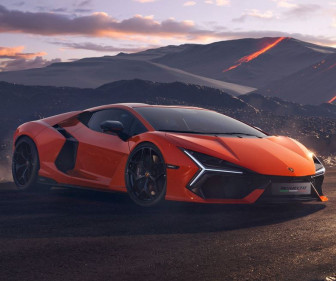MHI to supply 2 electric buses featuring MLIX Li-ion batteries for Kitakyushu City
Green Car Congress
FEBRUARY 17, 2014
The buses—full-size, low-floor models for the city’s regular route network—will operate on MHI’s high-performance “ MLIX ” lithium-ion rechargeable batteries. Use of a specially developed charger enables full recharging in approximately half the required time, compared with current CHAdeMO type quick charging systems.


















Let's personalize your content